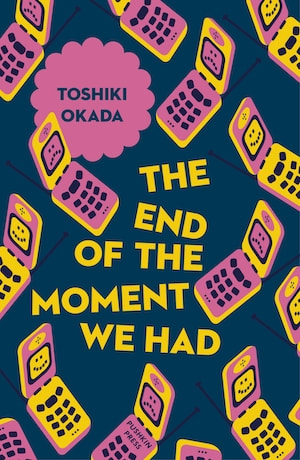|
This past weekend I swaddled hundreds of adults in the name of art.
The Center for Adult Swaddling was a commissioned installation piece for the Artspace City-Wide Open Studios 2018 in New Haven, CT. It started with a question: what happens if you swaddle an adult like a baby? The idea came out of the work of Dr. Adam Berkwitt, a pediatrician who studies therapies for infants born to opioid-addicted mothers, one element of which is a snug swaddling. He started wondering if swaddling adults would produce similar calming effects. When Artspace announced that this year’s theme for City-Wide Open Studios was wellness and well-being, Adam and Aude Jomini, an artist and architecture designer, decided to create an experience to test out the hypothesis in a multi-sensory art-therapeutic environment. When they researched the idea it turned out that adult swaddling is already a thing in Japan, so they brought me in to do further research in Japanese and translate key materials on method and concept. They also recruited multi-media makers David B. Smith and Laura Marsh, artist/illustrator Chen Reichert, visual artist Yaminay Chaudhri, and nursing student/visionary Alexandra Jomini. On the weekend the installation was open to the public we had a great crew of pediatric residents to assist with the swaddling. What we produced became the Center for Adult Swaddling. Low-lighting, color projections, and an ambient sound piece to evoke how stimuli in the outside world might register from within the womb. Abstract soft-sculpture hanging from the ceiling and placed around the area to create a loose sense of gentle enclosure. Cushioned mats with a design recreating the New Haven Green and its troubled history, to locate our practice in a specific time and place that itself needs healing. The overall feel was tranquil and enveloping, but there were some small notes of discord— a brief jarring noise from the sound piece, the presence of passersby, the references to racial injustice and human suffering on the New Haven Green. This was part of the design: a swaddle is a healing embrace but it cannot protect us from danger. A baby inside the womb is at a remove from the world, but the world is still out there. We wanted to try to find peace and relaxation within that tension. Our team had all practiced how to administer an adult swaddle and how to approach our “patients” with care and empathy. We wore scrubs and welcomed visitors in subdued tones. We would then consult with people who chose to participate, to explain how the swaddling process goes and ask if there are any special physical conditions we should take into consideration. There were two swaddle styles: “the cocoon,” a fetal position with the head covered, and “the mummy,” lying flat with head uncovered. Neither method was clearly more popular than the other; at many points we had a floor full of cocoons and mummies, Swaddle Center attendants stepping quietly between wrapped bodies to check on people. Many fell asleep in their swaddles. Others wiggled around happily, the fabric supporting their bodyweight and letting them open up their hips and lower back. When people emerged from their swaddles they tended to share the same blinking look, half-smiling, re-processing the world. When I myself came out of a swaddle I felt wildly optimistic for at least ten minutes. It may be that the therapeutic effect was self-selecting—anyone willing to be swaddled was ready to welcome a positive outcome. It would be interesting to try it on someone who was suspicious or cynical. Perhaps we will have a chance — the Center for Adult Swaddling was designed to be modular and portable, ready to be re-born as something new in a different place.
6 Comments
The New York Times reviewed Toshiki Okada’s The End of the Moment We Had. The reviewer said my translation has “a strange rhythm all its own.” I’ll take it!
I'm proud to announce my first book-length translation is now available in the US (originally released in the UK)! The book includes two novellas about young people in Tokyo struggling to make a human connection.
The first story, "The End of the Moment We Had," is about a young man and woman who meet at an anti-war performance art event in Tokyo on the eve of the 2003 US invasion of Iraq. They shack up in a love hotel for five days in the hopes of creating a special little world just for themselves, convinced that by the time they leave the hotel the war will be over. The second, "My Place in Plural," follows a woman's thoughts as she plays hooky from work and lies around her apartment all day. She is hyper-aware of her body, and is somehow also aware of everything that is happening around her husband as he rests in a cafe across town between work shifts. She replays episodes from her life and the lives of others in her head, always circling around something vital that's missing in her relationship with her husband. The two stories share a stream-of-consciousness narration and hyper-colloquial dialogue that was an interesting challenge to translate. I found myself going back to my journal from 2003 (when I was roughly the same age as the characters) to mine for language. I hope you find the stories as fascinating as I did! |
Sam MalissaTranslator / Writer / Researcher / Karaoke Singer Archives
November 2018
Categories |


 RSS Feed
RSS Feed